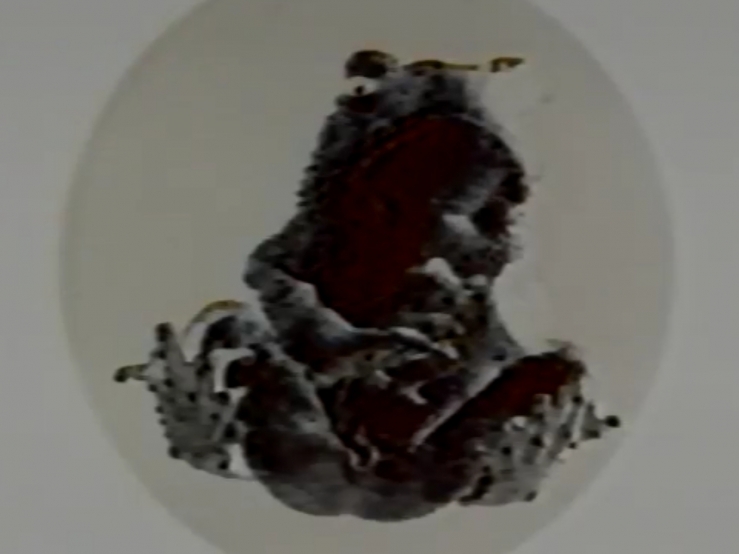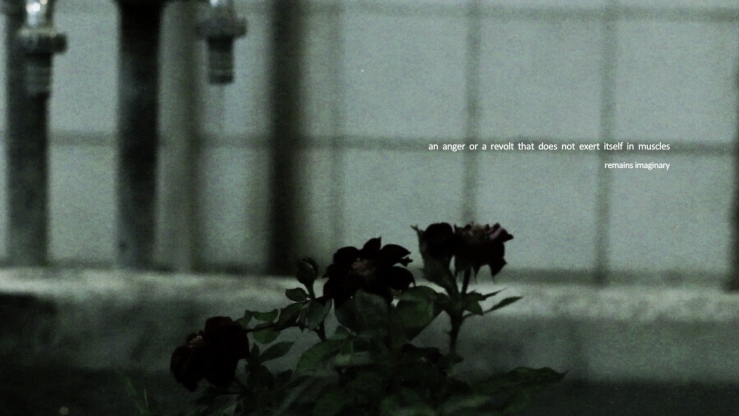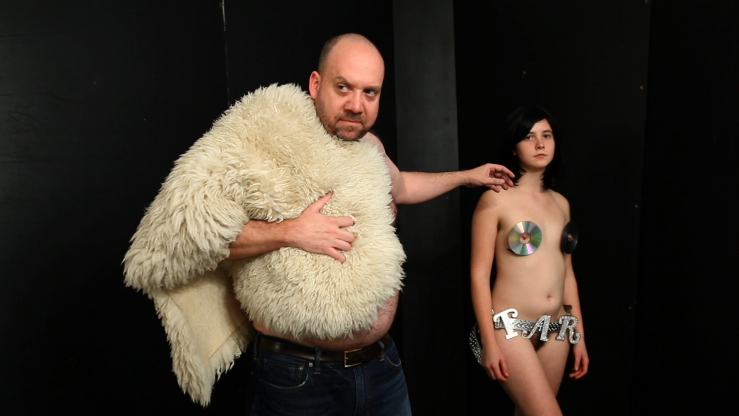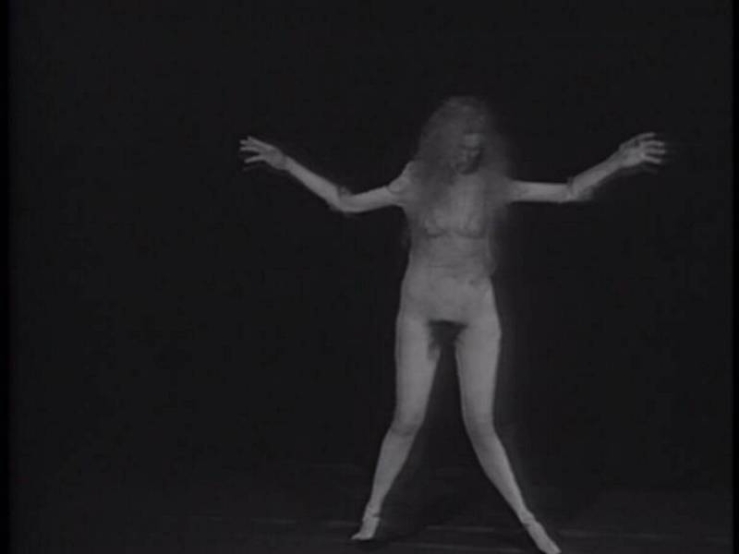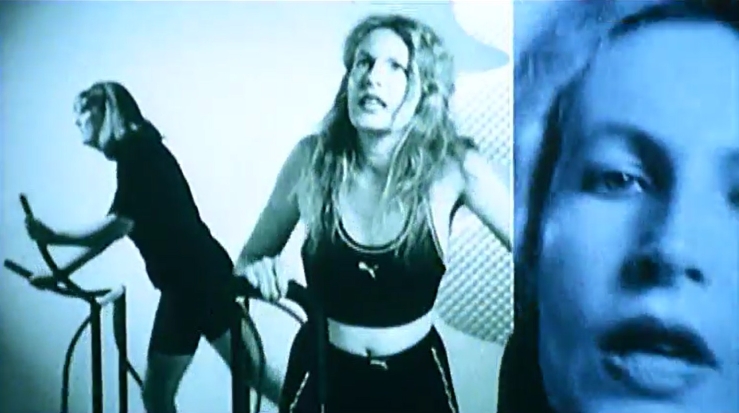Birds of my weakness
Birds of my weakness is the story of a woman’s process of emancipation in a male-dominated society. This is achieved through the development of psychic powers that enable her a change of sex and a direct experience of what lies on the other side. The work is inspired by Guillaume Apollinaire’s Les Mamelles de Tiresias (The Breasts of Tiresias), a surrealist play including feminist and pacifist elements that was written in 1903 and first performed in 1917. Apollinaire’s play focuses on the myth of Tiresias, a blind prophet of Apollo who was transformed into a woman during seven years. In some versions of the myth, this transformation is a punishment, while in the play, it is the apotheosis of a personal process toward awareness and independence. The relationship between sex-change and clairvoyance makes the protagonist a liminal figure, able to navigate the complexities between male/female, blindness/vision, this world and the underworld.
Una Quigley’s work departs from this story and adapts it to our present, rewriting it through the words of post-structuralist feminist writers. In her work, the female protagonist strongly perceives the gender inequality and fights against the constrictions imposed on her by society because of her sex. The identical clothes worn by the woman and her husband may hint at the fact that, despite society’s slow and superficial efforts toward equity, the structure of power with its internal mechanisms of discrimination is still very active and yet not always immediately recognizable. The woman’s physical transformation is visualized as interaction with seemingly cosmic forces, represented by round abstract shapes ascending at the rhythm of the word 'becoming'. At the end of this process, she has presumably lost her 'birds of weakness' (the breasts), although the viewer is unable to spot the difference in her body.
Birds of my weakness approaches the body as a site of resistance. This is her point of departure to inquire into society’s power structures and to observe how bodies collectively arrange in space to mirror social inequalities. A moment of intimate and deep empowerment is finally marked by the encounter with Caspar David Friedrich’s Monk by the Sea (1808-1810): a lonely figure contemplating the vastness of the cosmos, staring at a point where the sky and the ocean merge into a liminal zone that transcends both of them. (Vanina Saracino)
Artist statement
My work explores the body as a place of resistance, and the interstice between the domestic and the public sphere. I try to use film to explore situations that go beyond the surface to tap into the energy of bodies that clash with their surroundings. I use absurdity as a strategy in performance and film structure to create affective meaning. I am interested in the détournement and reframing of histories and works of literature as vehicles for exploring questions of feminism.
My work is devised in the home through prose writing and drawing/painting. The notion of the interstice is important to my process of filmmaking, where meaning is created through cutting, and narrative can be disrupted with feminine close-ups – footage that is gathered or performed in my everyday life. The connection between prose and performance in film is an ongoing area of exploration, a notion that Gilles Deleuze calls 'flexion', where words are expressed through the body in film. (Úna Quigley)
Images: Úna Quigley, Birds of my weakness, 2018 © Úna Quigley
About the video
About the artist
- 1974 in Dublin, IRL, lives and works in Galway, IRL.
Studied at the Crawford College of Art, Cork, IRL and the Winchester School of Art, GBR

